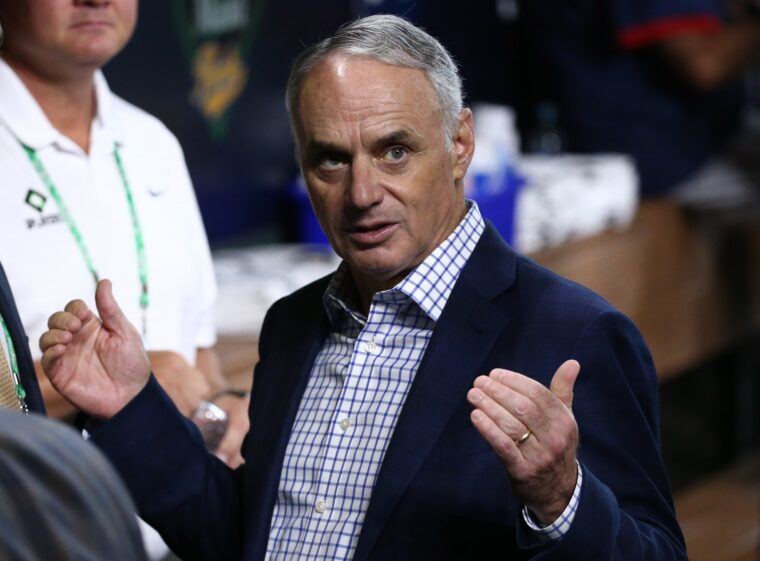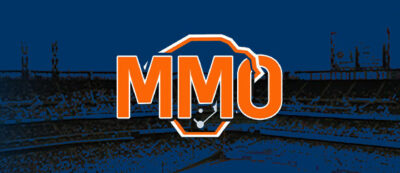Yesterday was the Fourth of July, a time for national celebrations, fireworks, and backyard barbecues. On the baseball calendar, it’s also a good time to assess how the season is shaping up, since July 4 is generally closer to the statistical halfway point than the All-Star break. In years past, the adage was that the team in first place on July 4 would win the pennant (back when there were no playoffs, just the World Series). However, in 1951, the New York Giants thought differently, but that’s a topic for a different article.
On June 28, Mets owner Steve Cohen spoke to the media about his team’s struggles to date. The Mets, for the most part, have not looked like a team with the highest payroll (by far) in baseball. They have looked disorganized, uninspired, and generally bad, at least until their last three games. The Mets’ bullpen seems to have been overlooked as the team endeavored to build a winner, and the seemingly nightly implosions have been tough to take.
Evan Drellich wrote a column in The Athletic on whether or not baseball has a payroll parity issue. His premise is that since payroll does not always (or often) correlate to success, there is not a payroll equity issue, despite huge differences in team spending from top to bottom. Of course, Commissioner Rob Manfred does not agree:
In December, when Cohen and the Padres’ Peter Seidler drew a lot of attention for various moves, commissioner Rob Manfred said, “Everyone in this room understands that we have a level of revenue disparity in this sport that makes it impossible for some of our markets to compete at some of the numbers we’ve seen. And, you know, that’s not a positive. It’s like everything else in life, there’s good and bad in it.”
Also from Drellich’s article, Rob Manis from Baseball Prospects provides the counterpoint:
“Competitive balance is just fine,” wrote Baseball Prospectus’ Rob Mains recently. “Those using it as a rationale for salary restrictions are building houses on sand.”

Troy Taormina-USA TODAY Sports
Since the Fourth of July is upon us and we are (almost) at the midpoint of the season, let’s use some hard numbers to determine which Rob has a better case. From USA Today, here are the 2023 MLB payrolls.
- N.Y. Mets, $353,546,854
- N.Y. Yankees, $276,999,872
- San Diego, $248,995,932
- Philadelphia, $243,009,439
- L.A. Dodgers, $222,717,834
- L.A. Angels, $212,228,096
- Toronto, $ 209,938,983
- Atlanta, $203,077,500
- Texas, $195,869,490
- Houston, $192,667,233
- San Francisco, $187,932,500
- Chicago Cubs, $184,219,250
- Boston, $181,207,484
- Chicago White Sox, $181,158,666
- St. Louis, $175,637,308
- Colorado, $171,108,778
- Minnesota, $153,588,740
- Seattle, $137,119,947
- Detroit, $122,235,500
- Milwaukee, $118,761,987
- Arizona, $116,471,292
- Washington, $ 101,190,153
- Kansas City, $92,468,100
- Miami, $91,700,000
- Cleveland, 89,424,629
- Cincinnati, $83,610,000
- Pittsburgh, $73,277,500
- Tampa Bay, $73,184,811
- Baltimore, $60,722,300
- Oakland, $56,895,000
If the season were to end on July 5, these teams would be in the playoffs:
- Atlanta
- Cincinnati
- Arizona
- Miami
- Los Angeles Dodgers
- San Francisco
- Tampa Bay
- Minnesota
- Texas
- Baltimore
- Houston
- New York Yankees
Five of the top ten teams in terms of payroll would qualify for the postseason. Conversely, of the payrolls 20-30, five of those teams would be playing in October. Looking at it purely on the basis of which teams are tracking toward postseason play this year, it would appear that MLB does not have a payroll parity issue, rather, some teams have a wise-spending issue. In particular, the Mets and Padres are getting a poor return on investment.
Drellich summarizes the Mets’ situation nicely in his article:
The Mets have an owner who conquered Wall Street literally to the tune of billions and “Billions.” He knows how to analyze assets, how to make smart bets. If you include luxury taxes, Cohen threw an extra $90 million or so onto his payroll compared to the rest of the league, and he’s got a sub-.500 record to show for it. So even when you give the massive payroll to the hedge fund guy, he can’t run away from the pack.
Maybe things will turn around for the 2023 Mets. They cut several games off of their Wild Card deficit in recent days (though they still are 6.5 games behind). They added a desperately-need bullpen arm in Trevor Gott. The starting pitching has been better over the last week, and Tommy Pham, Francisco Lindor, and Pete Alonso are swinging the bat better.
Still, it’s hard to imagine that Mr. Cohen will get his $353 million worth this season. The Orioles may get the $60 million worth, and the Marlins may get their $92 million worth. What’s the answer? Should teams spend less (that would please Manfred)? As always, maybe the answer is in the middle. Spend, but do so wisely and cautiously. That’s much more easily said than done. However, Steve Cohen has figured it out in another industry, let’s hope he has his advisors can bring that prowess to the New York Mets.















